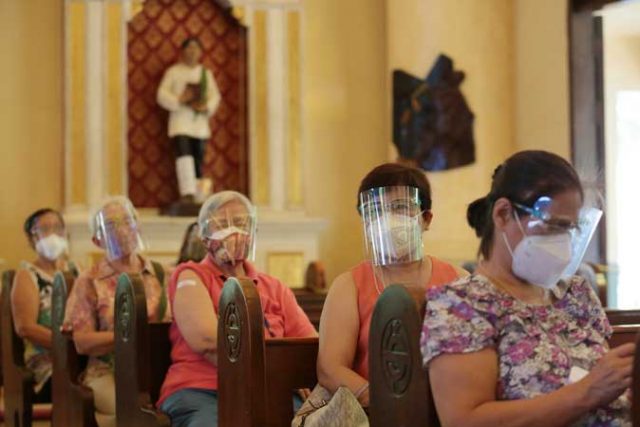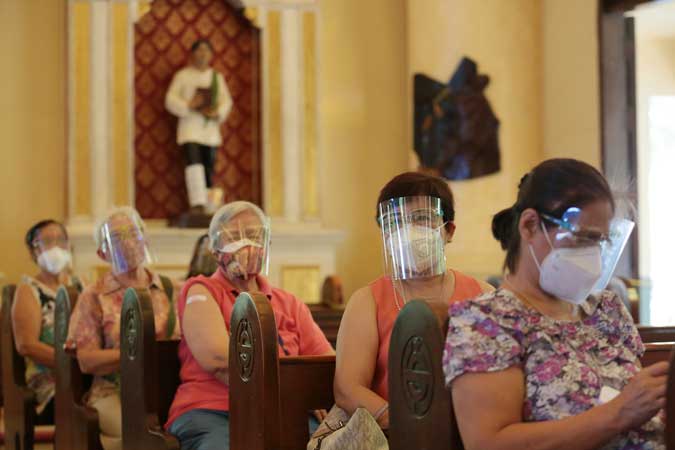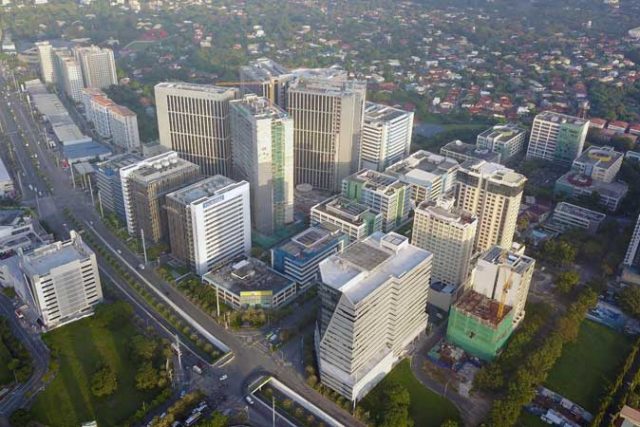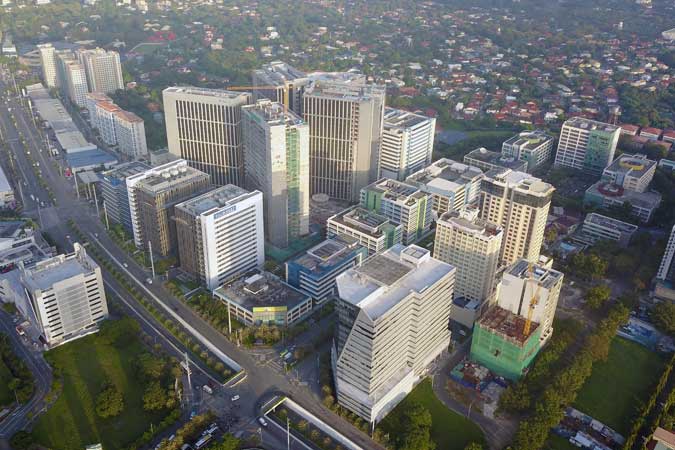Browser cookies are out, e-mail newsletters are in
Brands should start creating a first-party data strategy to work with customers, said computer software company Adobe, in response to Google Chrome’s move to phase out third-party cookies (files created by third parties that are used by websites to remember user actions) by 2023.
Third-party cookies, which power $100 billion in digital advertising, are used for targeted marketing, with 60% of all user experience personalization dependent on them, Adobe shared in a recent webinar.
“If we have 12–18 months [left], how many organizations will make this deadline?” asked Gabbi Stubbs, Adobe’s senior product marketing manager for Asia Pacific.
She recommended that brands take immediate steps to ensure a first-party data mindset and a smooth transition to a cookie-less digital world by
- assessing where the brand is in terms of data management,
- streamlining domains into a single one,
- consolidating siloed pieces of data,
- capturing durable identifiers such as e-mail addresses and phone numbers,
- using publisher and contextual targeting to create new audiences,
- and following privacy regulations.
“Streamlining disconnected domains makes personalization easier,” she added, “and keeping data in one place helps offer the best user experience.”
Privacy is the motivating force for killing third-party cookies. In a Jan. 2020 post titled “Building a more private web,” Google announced its plan to downgrade third-party cookies from its Chrome browser.
“Users are demanding greater privacy — including transparency, choice, and control over how their data is used — and it’s clear the web ecosystem needs to evolve to meet these increasing demands,” the post said.
Other browsers such as Firefox and Safari have already phased out third-party cookies.
MARKETING 101
The future is in first-party data (or data created and stored by websites that are visited directly by users), Adobe said.
It all boils down to a thoughtful exchange of value between brands and customers, Ms. Stubbs said at the webinar. “In a future in which customer data will be a growing source of competitive advantage, gaining consumers’ confidence and trust will be key.”
Brands can leverage first-party data by rewarding e-mail opt-ins with subscriber-only incentives, (such as L’occitane en Provence’s product discounts), exclusive content (such as The New York Times’ newsletters), and personalized recommendations (such as TEDx’s TED Recommends).
“I think the issue people have is us sharing data to people they never consented to,” said Harold Janson, chief personalization officer of Helium, an Australia-based consultancy that helps businesses integrate data and experience for optimized marketing. “There’s a tension between personalization and privacy.”
Businesses can get personalization right by going back to Marketing 101 and defining what the market needs, said Mr. Janson. He also advised getting better at mapping customer data and moving these pieces of data into experiences.
“It goes back to value proposition and delivering that value,” he said. “We need to nurture customers better and lean on first-party systems like customer data platforms.” — Patricia B. Mirasol















